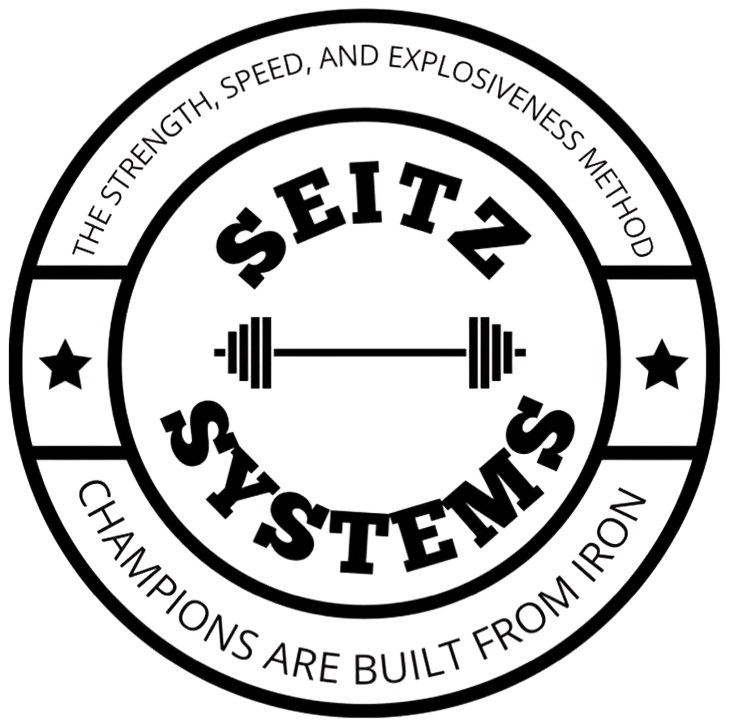Fred Hatfield AKA Dr. Squat was an American world champion powerlifter. He is known for setting a squat world record of 1,014lbs at the age of 45 which was at the time, the heaviest squat in world history. He also attained a PhD in Sports Sciences.
Dr. Squat set a foundational principal between fast twitch and slow twitch muscle fibered athletes:
If you are fast twitch dominant, your body will respond best to heavier loads and lower repetitions in your training. If you find you are slow twitch dominant, on the other hand, your body will respond better to lighter loads and higher repetitions.
This is where we see those who can squat 80% of their max for reps of 10 or so vs those who can squat 80% for only 2-3 reps or so.
Attacking the fast twitch muscle fibers was essential to Dr. Hatfield, as shown deliberately in his 6/2 squat program which yielded years of success for many athletes and still used today. The goal in this program was to attack fast twitch muscle fibers by settling for low reps, therefore adding more weight. The fast twitch muscle fibers which are responsible for coming out of a starters stance in a sprint or
a jump are targeted better by adding more weight, which demands more power output out of the hole to get the weight from A to B.
The key of this program was heavier weight and lower reps. Your first rep is always going to be more explosive and powerful than any other rep because of fatigue. When you start to get over 5 reps in a set, you start to recruit your slow twitch muscle fibers.
There are times where this can be great, but like most athletes, those who want to be strong, explosive, and powerful, staying in the 1-5 rep scheme is most beneficial.
Dr. Squat knew this, and was ahead of his time.
Volume sets with heavier weight and lower reps was yielding the most power and strength. This is also going to be less stress on your body believe it or not; here’s why:
If you do 6 sets of 2 at 85% of your max which is— let’s say 470 lbs, you would be squatting 6 sets of 2 reps at 400lbs, and your body would total 4,800lbs. If you are doing 65% of your 470lb max for 6 sets of 8 (lower weight, higher reps), you would be squatting 305 and would total 14,640lbs, a dramatic increase in stress on your body.
This would lead to more fatigue which could result in poor technique, stressing different areas of the body that don’t need to be stressed.
What are the benefits to slow twitch muscle fiber training?
For starters, a dramatic increase in stamina is needed to accomplish slow twitch muscle fiber training.
It is also noted that this method is popularized among body building athletes for better muscle growth and definition. Because muscle growth is the product of time under tension, your muscles will generally grow better when targeting slow twitch muscle fibers. The muscle will experience more tension the longer it is being targeted.
Implementing fast twitch and slow twitch muscle fiber training should consider the type of athlete you are, and when you decide to separate the two different types of training.


 Fred Hatfield AKA Dr. Squat was an American world champion powerlifter. He is known for setting a squat world record of 1,014lbs at the age of 45 which was at the time, the heaviest squat in world history. He also attained a PhD in Sports Sciences.
Fred Hatfield AKA Dr. Squat was an American world champion powerlifter. He is known for setting a squat world record of 1,014lbs at the age of 45 which was at the time, the heaviest squat in world history. He also attained a PhD in Sports Sciences.
